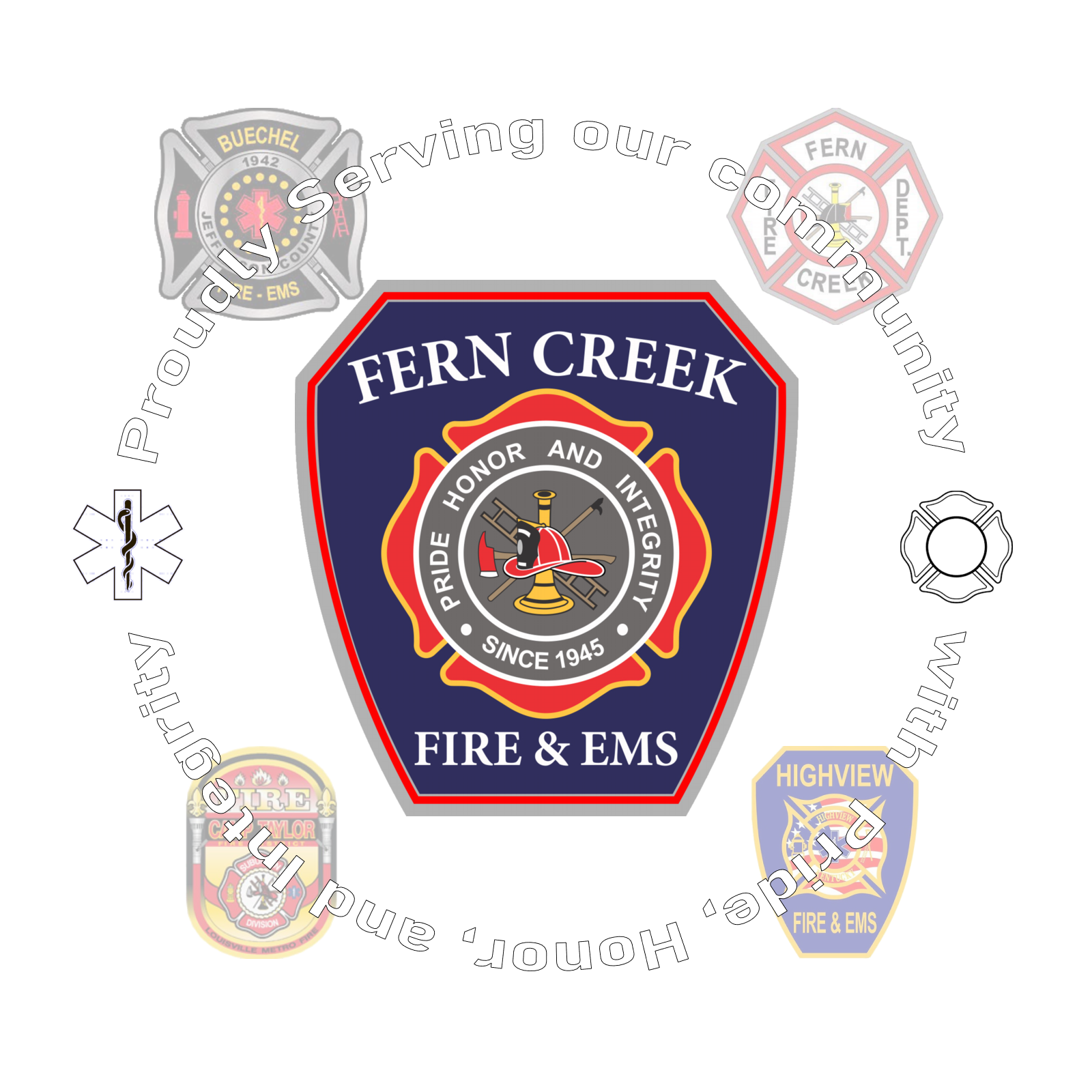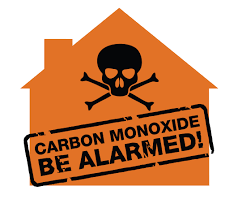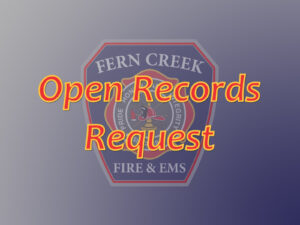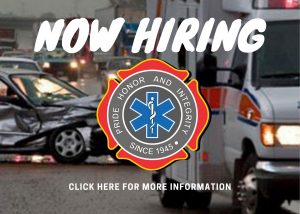Cold Weather

The ice and snow of winter brings more than just hazardous road conditions. The extent of cold weather emergencies range from frostbite to floods. While the Fern Creek Fire Department is ready to respond to these situations there is plenty you can do to keep yourself safe this winter. Take a moment to explorer the information below. You may be surprised at just how easy it is to prepare yourself.
Household Problems:
Cold weather can take a toll on your home. While some issues like icy steps may seem common and easily preventable, there are many hidden threats to your home you may not think of.
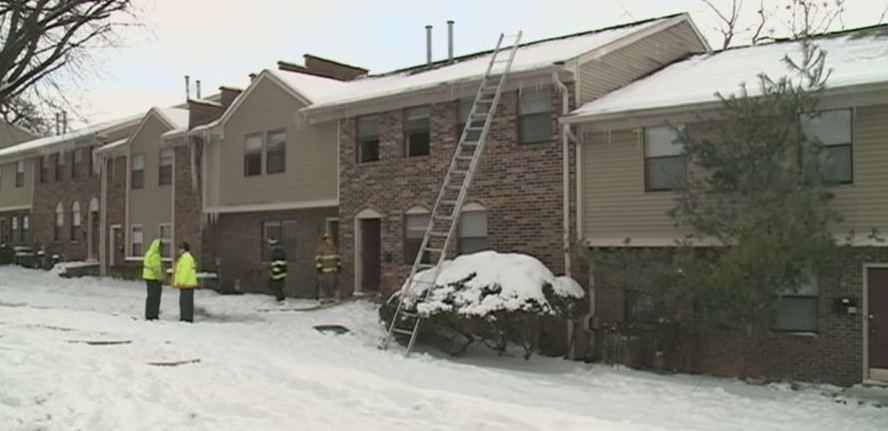
Icy Steps, sidewalks, and driveways: Always salt or brine walking areas when there is a chance of precipitation and the temperature is going to be low. Ice can form on these areas even if the air temp is above freezing.
Carbon Monoxide: Carbon Monoxide is cause by incomplete combustion. Burning extra heaters and the prolonged running of a gas furnace are common causes of increased CO levels. CO poisoning can be deadly, and all leaks should be treated in a serious manner. However, extreme cold weather cause the batteries in these devices to drain rapidly. This may cause the alarm to sound, or chirp. Knowing the signs and symptoms of carbon monoxide poisoning will help you decide whether your dealing with a true emergency or a malfunctioning meter.
Please be sure to check out our page on Carbon Monoxide Poisoning.
Collapse: Despite its light and fluffy appearance snow is pretty heavy, and ice is even heavier. After a significant snowfall, and any ice, watch out for collapses. These storms can easily bring down a car port or a large limb out of a tree.
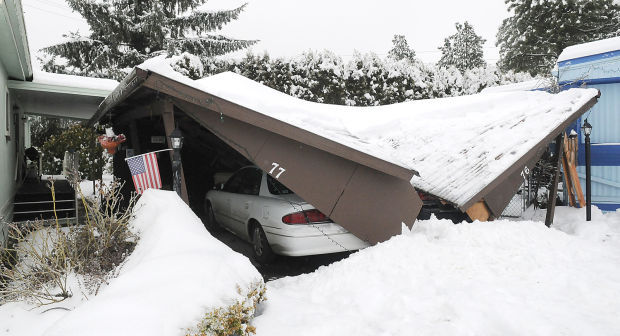
Power outages: Heavy snow and ice conditions can bring down electric lines causing power outages. Heavy use of the electrical system in area can cause periodic power loss. People may be caught off guard when a situation like this occurs.
Everyone should strive to have an alternate way to heat their homes, at least for a day or two. Wood burning fireplaces and gas powered generators are the two most common methods of secondary heating. To be prepared all wood burning fireplaces should be inspect in the warmer seasons and firewood should be stock piled in advance. Gas powered generators should be fueled and maintained regularly. A safe, but sufficient, amount of fuel should be kept. Please follow all manufacturer’s recommendations when running these machines.
Frozen and busted pipes: When temperatures drop and stay below freezing for a prolonged time it isn’t uncommon for water lines to freeze and bust. Typically this occurs in non heated parts of the home like a basement. There are several easy steps you can take to reduce and prevent this from happening in your home.
- Keep interior doors open to let warm air circulate throughout your residence.
- insulate pipes that run along exterior walls.
- Shut off water to exterior garden hoses.
In periods of extreme cold:
- Allow a small amount of water to run through all sinks and any other fixtures. Allowing a pencil size stream to flow reduces the likely hood of busting. Moving water requires more time to freeze.
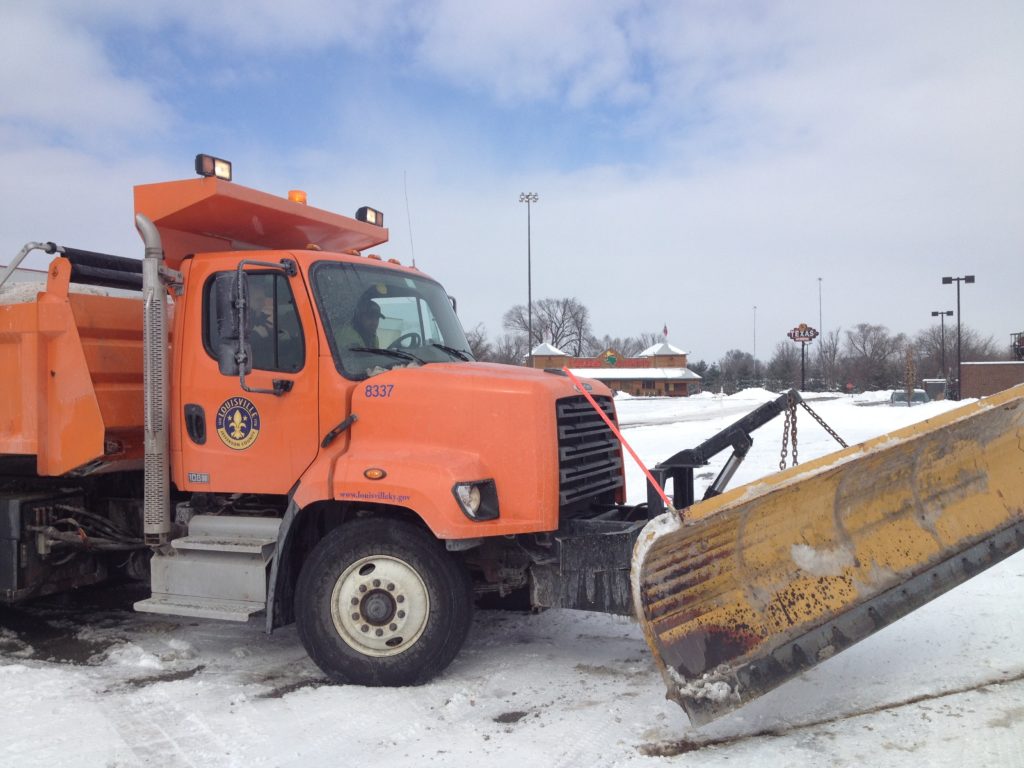
Unsafe road conditions: There is very little an individual can do to remove ice and snow from a road. However, there are several ways one can keep themselves safe if they must be on the roads.
When safe driving conditions are compromised the best thing you can do is to stay off the roads. We understand that in many cases this just isn’t possible. If you must go out we ask that you prepare for the increased hazards of driving in a winter storm.
- IF YOU GO, TAKE IT SLOW. If you’re traveling on icy roads please take it slow.
- Keep the tank full: Keeping your vehicle’s fuel tank full will allow you to run the heat even if you become stranded.
- Make sure you vehicle is in good running order and prepared for winter. Car trouble never comes at a convenient time, but a simple issue can become an emergency during winter weather.
- Keep an emergency kit in your vehicle. Food, water, and blankets at a minimum. Good additions would be flashlights and jumper cables.
- Dress for the weather: Many people neglect to dress for the current weather. The thought of a warm house, warm car, and a warm destination often prevent travelers from wearing extra layers
Floods: After heavy a snowfall begins to melt the run off can be significant. 10 inches of snow is equal to an inch of rain. It isn’t common to see minor, and sometimes severe, flooding when a big snow fall melts away.
Cold Related Heath Problems:
While it isn’t uncommon to suffer from a cough, or runny nose, off and on during winter the health issues brought on by cold weather can be much more severe. Prolonged exposure to extreme cold can result in frostbite and/or hypothermia.
Frostbite occurs when areas of the body become frozen. This typically presents itself in the nose, ears fingers and toes. It is also seen in the cheeks and chin. When frostbite occurs the skin in the affected area may appear a grayish yellow and may feel waxy when touched. Throbbing pain followed by numbness is very typical. When signs of frostbite occurs resist the urge to rapidly heat they area, this could do further damage. Instead, slowly reintroduce heat using a cloth soaked with warm water. If you suspect frostbite go to the emergency room. It is vital that blood flow be restored to the area quickly, and properly. Delaying care may cause permanent damage.
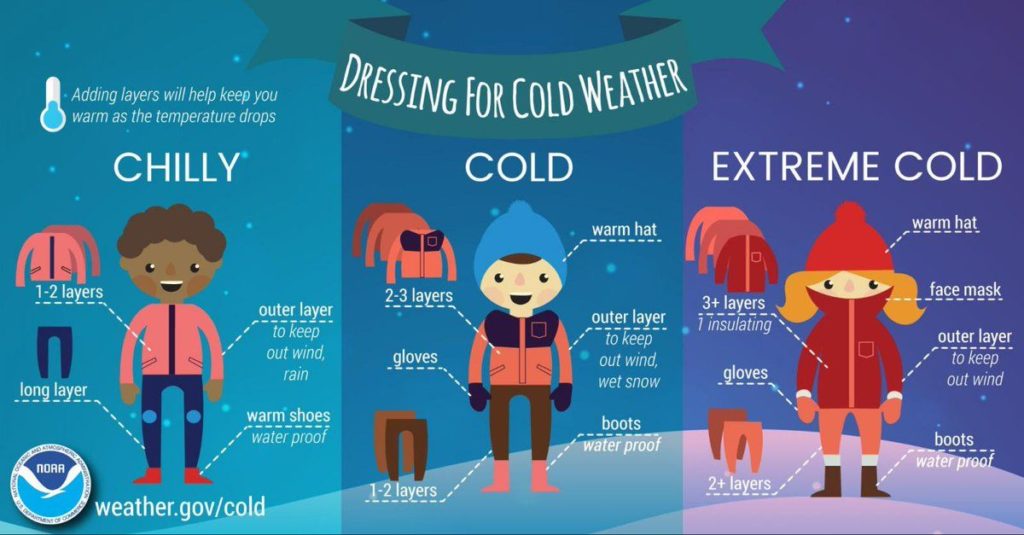
Another common yet dangerous cold related health problem is hypothermia. Hypothermia occurs anytime the core body temperature drops below 95 degrees. This isn’t limited extreme cold. Hypothermia can set in after a swim in a cold pool or from prolonged exposure to temperature before 60 degrees.
Signs of Hypothermia:
- Shivering (the body’s way of trying to generate heat.)
- Slow, Shallow breathes.
- Confusion and memory loss
- Drowsiness or exhaustion
- Slurred or mumbled speech
- A slow, weak pulse
- In severe hypothermia, a person may be unconscious without obvious signs of breathing or a pulse
If you see signs of hypothermia the most important thing to do is move the victim to a warmer environment. Try to get to a hospital as quickly as possible. If you are unable to get to a hospital use the tips listed to slow or begin to reverse hypothermia.
- Remove any clothing that is wet.
- Move victim out of the cold environment and began reheating with warm dry clothes and blankets.
- Use heating pad on the torso, armpits, neck, and groin. These can cause burns to the skin so use caution. Use your own body heat if nothing else is available.
- Offer warm liquids, but not avoid alcohol and caffeine. These increase heat loss. Don’t try to give fluids to an unconscious person.
